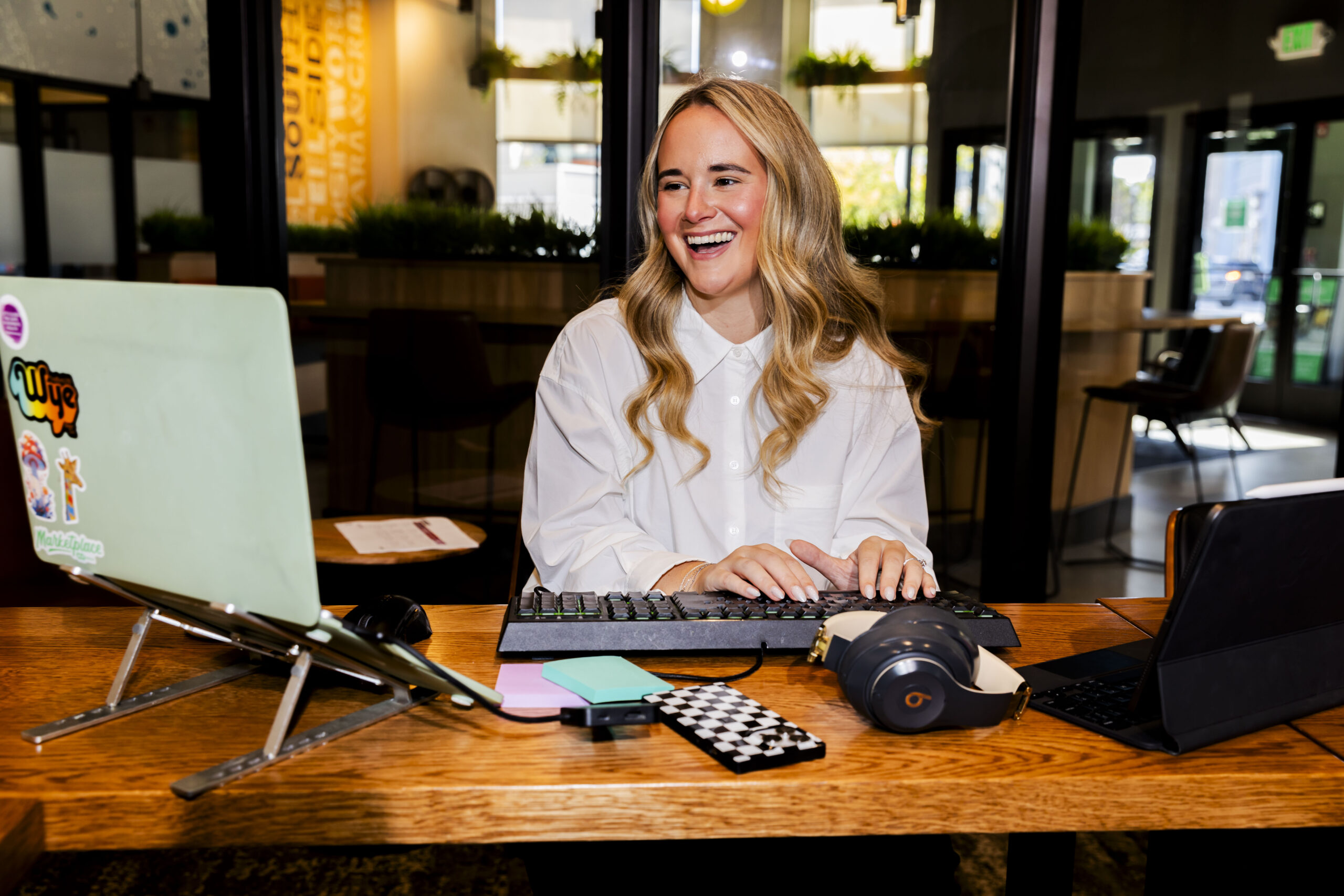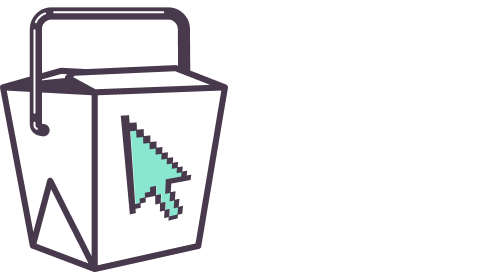most businesses are thinking about YouTube all wrong. ❌ we see it time and time again as an agency, so now we’re refining how we talk about the platform to our clients. cue the deep dive for long-term impact strategies…
how businesses can take advantage of YouTube’s algorithm
🔎 create content that answers real questions. what are the top ten questions, myths, and misconceptions you see from clients? pull your phone out, press record, and start answering them. (with subtitles of course)
🎯 optimize for search. YouTube is the second-largest search engine in the world only to google. your titles, descriptions, and keywords matter.
⏳ look at the bigger picture. the success of a YouTube video isn’t measured in the first day. a well optimized video can keep driving traffic and leads for months if you set it up for success.
📢 use YouTube as a content hub. embed videos on your website, share them in emails, and repurpose them for other platforms.
why YouTube is built differently
Instagram, Facebook, X, and TikTok are built for speed. short videos, quick thoughts, rapid posting, and engagement that disappears after a few hours. if a post doesn’t take off immediately, it gets buried.
YouTube operates on a completely different model. it’s not just another content feed, it’s a search engine and a recommendation system. videos don’t just get views when they’re posted. they continue getting discovered based on user behavior, trends, and relevance weeks, months, even years later.
we’ve found this to be true with one of our law firm clients who consistently perform above industry average on YouTube.
every month, their top-performing videos aren’t their newest uploads. they’re videos that were published years ago, resurfacing because of YouTube’s search-friendly structure. their most successful video?
a talking head with text overlay asking, “how much does nursing home care actually cost?”. the answer is still relevant, people still search for it, and YouTube keeps recommending it.
what this means for businesses
for service-based businesses like law firms, accounting firms, and tech companies, this changes everything. people don’t just scroll YouTube for entertainment, they search for answers.
a law firm can create videos explaining legal processes and breaking down industry updates.
- an attorney we manage social for recently saw over 50,000 views just by clearing up common business law misconceptions.
an accountant can walk business owners through financial planning best practices for personal and professional needs.
- 👀 we see you Erin Confortini
a tech company can showcase product walkthroughs, industry insights, and thought leadership.
- 💡 here’s one we did for a local tech leader during their latest product launch
this isn’t about trying to go viral. it’s about owning the conversations that matter in your industry and showing up when your audience is actively looking for information.
bonus: this content strategy can often work double-duty.
once you have built valuable, thought-leadership videos on YouTube, you can crosspost that same content to LinkedIn. YouTube helps you reach new audiences, while LinkedIn keeps you top-of-mind with your existing network and extended connections. (just one more reason to get started)
✨ giving away the gold:
you don’t need flashy production. you need useful answers. if people are googling it, they will watch it.
to find out exactly what your audience is searching for, tools like google ads’ keyword planner provide insights into search volumes and trends, helping you pinpoint relevant topics for your content. or, start even simpler: begin a search on google or YouTube and look at the suggested searches that pop up underneath. those are the related questions people are asking in real-time.
the takeaway: YouTube is not optional anymore YouTube isn’t just another platform—it’s a long-term strategy. businesses that take the time to understand what their audience is actively searching for and create content that meets those needs will see the biggest returns. the question isn’t whether YouTube fits into your marketing plan, it’s whether you’re ready to use it to its full potential.


